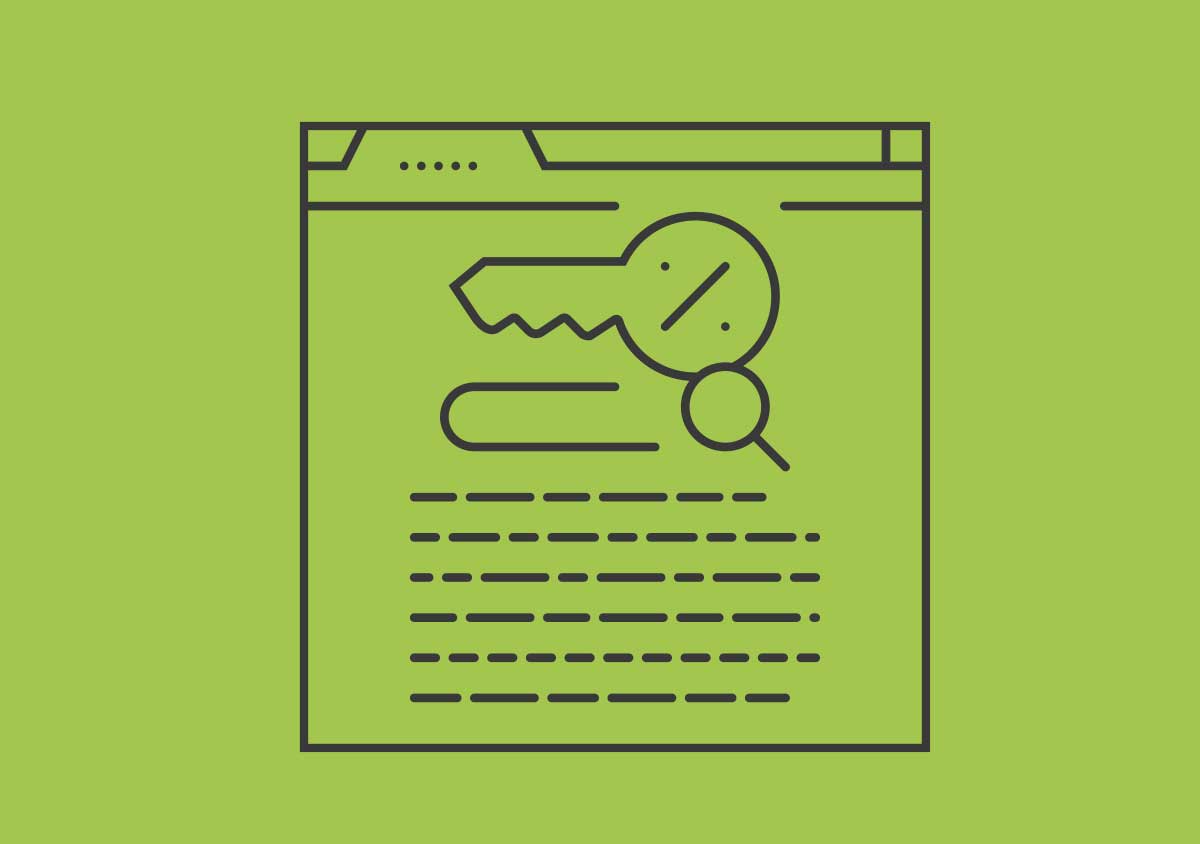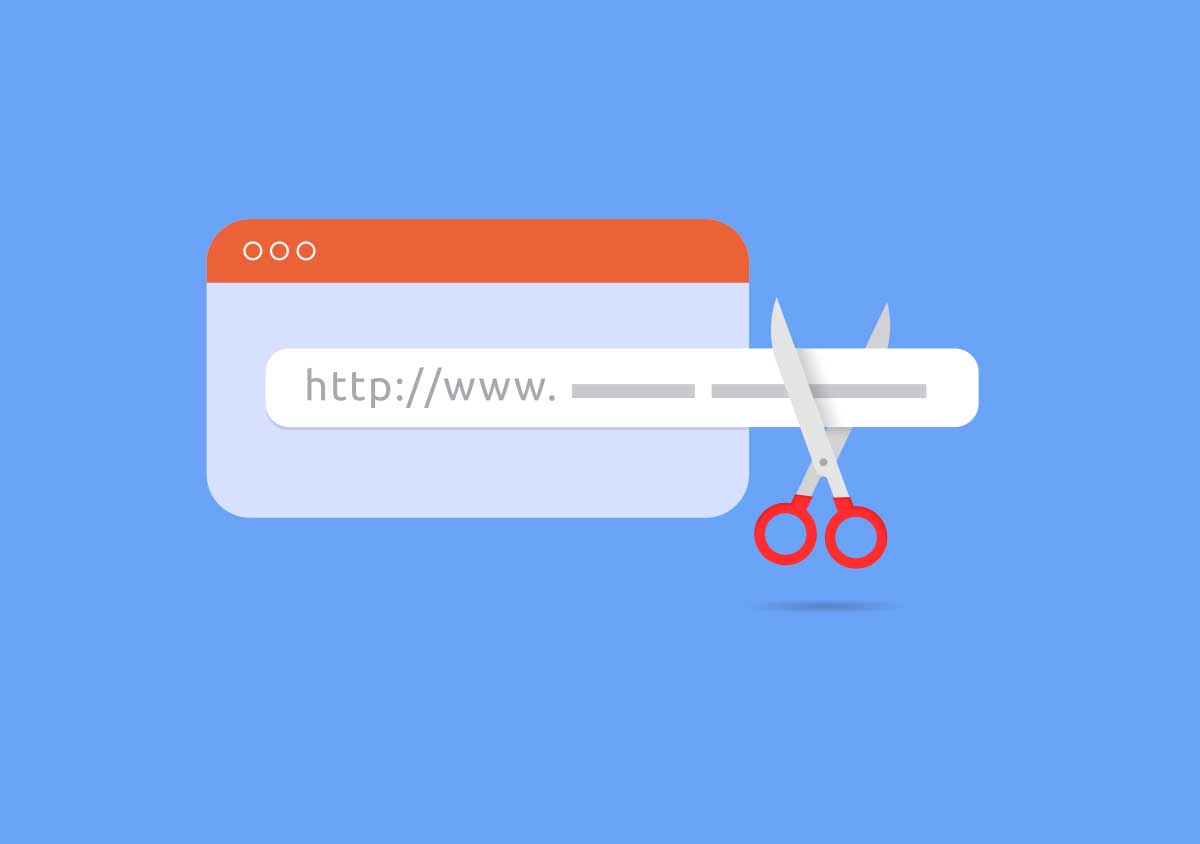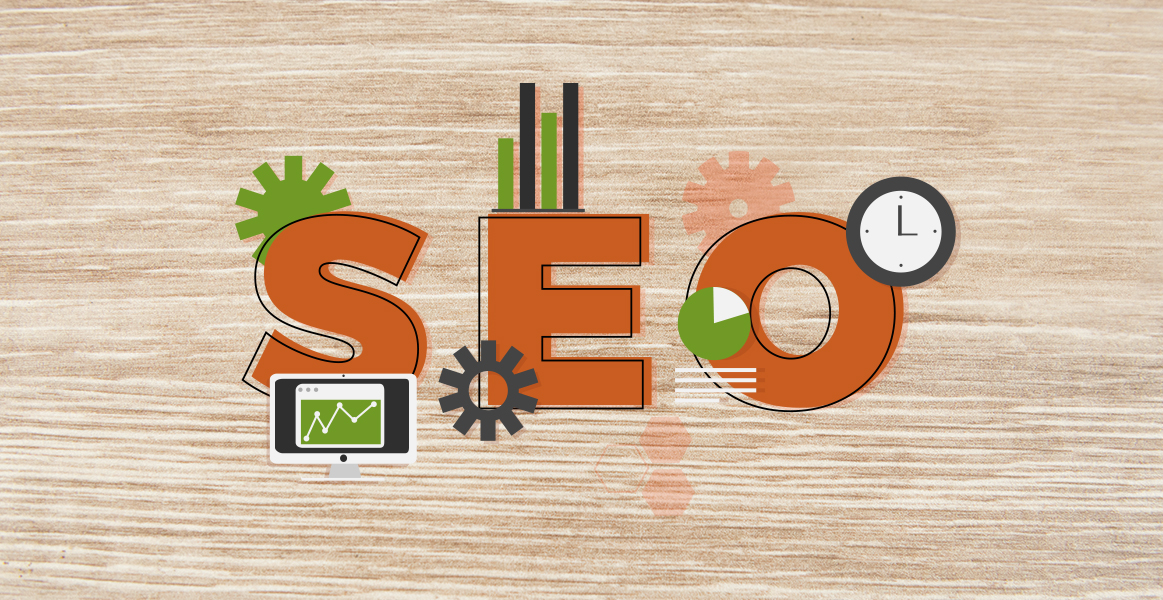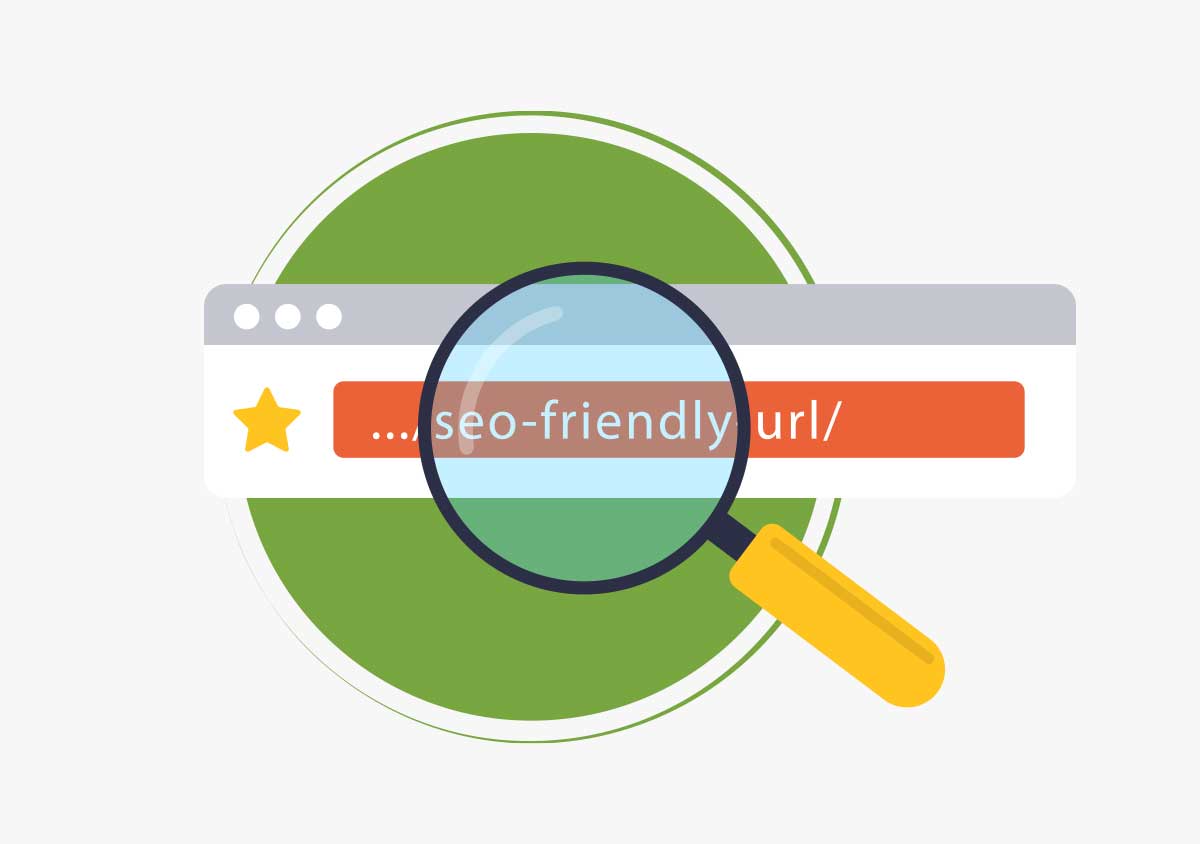So, what’s the big deal about URLs anyway?
Imagine you’re trying to find the best taco place in town. You Google it, click a link, and boom—you land on a weird-looking page with a URL like:
www.tacotown.com/product.php?id=4738&ref=abc123
Yikes. What is that even supposed to mean?
Now compare it to this:
www.tacotown.com/best-tacos-in-los-angeles
Ahh. Much better. You can instantly tell what the page is about, and guess what? So can search engines.
That’s the magic of an SEO-friendly URL structure—it makes life easier for both humans and search engines. This guide breaks it down with tips, examples, a touch of humor, and zero jargon. Ready? Let’s roll.

First Things First: What Is an SEO-Friendly URL?
An SEO-friendly URL is a web address that is:
- Easy to read for humans
- Descriptive of the page content
- Structured logically
- Includes keywords when relevant
- Avoids unnecessary characters or confusing strings
In plain English? It's a clean, readable link that gives people (and Google) a solid idea of what’s on the page.
Example:
Bad URL:
www.example.com/page?id=29384&cat=22
Good URL:
www.example.com/how-to-make-homemade-pizza
You see the difference, right? One’s a riddle, the other’s a pizza party.

Why Do SEO-Friendly URLs Matter?
Let’s talk benefits. These aren’t just for show—they actually do stuff:
1. Better Rankings (Yes, Please!)
Google uses URLs to understand what a page is about. A well-structured URL with keywords can slightly boost rankings. It’s not the biggest ranking factor, but every little bit counts.
2. Improved Click-Through Rate (CTR)
If people understand the URL at a glance, they’re more likely to click it. Wouldn’t you?
3. Enhanced User Experience
Clear URLs are just...nicer. They look cleaner, feel more trustworthy, and help users navigate your site easily.
4. Link Sharing That Makes Sense
When someone shares your link on social media or in an email, a readable URL looks a heck of a lot more appealing.

The 10 Commandments of SEO-Friendly URLs
1. Keep It Short and Sweet
Long URLs are the internet’s version of run-on sentences. Cut the fat.
Example:
Too Long:
www.example.com/how-to-make-the-best-homemade-thin-crust-pepperoni-pizza-ever-in-the-history-of-the-world
Just Right:
www.example.com/thin-crust-pepperoni-pizza
✅ Pro Tip: Aim for 3-5 words in your URL. If it feels like a tongue twister, it probably is.
2. Use Hyphens, Not Underscores
Google treats hyphens (-) as word separators. It does not do that for underscores (_).
Example:
Good:
www.example.com/seo-tips
Google reads this as:
“seo”, “friendly”, “URL”
✅ Three separate words = Good SEO!
Bad:
www.example.com/seo_tips
Hyphens are your friends. Underscores...not so much.
Google sees it like this:
“seo_friendly_url”
❌ One mashed-up word. No keyword separation.
Why It Matters for SEO:
- Search engines rely on structure to understand context.
- If your URL uses underscores, Google can’t tell where one word ends and the next begins.
- That can lead to less relevance in search results, especially for multi-word keywords.
3. Include Keywords (But Don’t Stuff Them)
Keywords in URLs help with SEO, but don’t go keyword-happy.
Example:
Spammy:
www.example.com/seo-url-structure-seo-friendly-seo-url
Balanced:
www.example.com/seo-friendly-url-structure
Think like Goldilocks—not too much, not too little.
4. Stick to Lowercase Letters
URLs are case-sensitive after the domain part. That means this:
www.example.com/Page-One
...is technically a different URL than:
www.example.com/page-one
That can confuse both Google and your users. So keep it lowercase—it's cleaner and safer.
5. Avoid Special Characters
Symbols like &, %, $, =, and @ can confuse both users and search engines.
Bad:
www.example.com/page?ref=abc&%id=12@
Better:
www.example.com/user-guide
Unless you’re trying to make your URL look like a Wi-Fi password, keep it clean.
6. Use Descriptive Words
Make it obvious what the page is about.
Example:
Instead of:
www.example.com/product-23
Try:
www.example.com/blue-widgets
People should know what they're clicking before they click.
7. Match URLs With Titles (When Possible)
If your page is titled “10 Tips for Growing Tomatoes,” make the URL:
www.example.com/growing-tomatoes-tips
Consistency helps search engines make connections. Plus, it just looks neat.
8. Avoid Stop Words (If You Can)
Words like "and," "or," "but," and "the" are called stop words. They’re okay in moderation, but try not to overuse them.
OK:
www.example.com/how-to-grow-tomatoes
Cleaner (optional):
www.example.com/grow-tomatoes
That said, don’t go crazy chopping words if it hurts readability.
9. Set Up Redirects If You Change URLs
Say you rename this URL:
www.example.com/seo-url
To:
www.example.com/url-structure-guide
Set up a 301 redirect from the old to the new. Otherwise, you’re throwing away traffic and backlinks. Not cool.
10. Use a Logical Folder Structure
Organise your URLs like you're organizing folders on your computer. It should make sense.
Example:
www.example.com/blog/seo/url-structure
Not:
www.example.com/87/blog-seo%20junk/that-one-page
Think hierarchy, not chaos.

How to Create an SEO-Friendly URL (Checklist Time!)
Here's a quick checklist you can copy and paste:
✅ Use lowercase letters
✅ Separate words with hyphens
✅ Keep it under 60 characters
✅ Use keywords naturally
✅ Avoid special characters and numbers
✅ Match URL with page title if possible
✅ Remove stop words if it helps clarity
✅ Use a logical folder structure
✅ Set 301 redirects if URLs change
✅ Test it: Would you click it?
FAQs (Because You Know You’ve Got 'Em)
Q: Can changing URLs hurt my SEO?
A: If done wrong, yes. That’s why redirects matter. Always set up 301s.
Q: Should URLs include dates?
A: Not usually. Unless you're running a news site, dates can make content look outdated fast.
Q: What’s better: subdomains or subfolders?
A: Subfolders. Like example.com/blog is better than blog. example.com—Google treats them differently.
Final Thoughts: Don't Overthink It
Let’s be real—your URL won’t make Google fall head over heels, but it definitely earns you brownie points. Especially when the rest of your SEO game is on point.
So keep it simple. Keep it readable. Keep it real.
And hey, if you're ever unsure—just ask yourself: Would I click this link?
If the answer is yes, you're on the right track.
TL;DR (Too Lazy; Didn't Read? No Judgement)
- Short, lowercase, hyphen-separated URLs are your best bet
- Use keywords, but don't overdo it
- Avoid special characters and random numbers
- Set redirects when changing URLs
- Make it readable—for both humans and search engines
Boom. You’re now smarter than 90% of folks out there wrangling with URLs. Go fix yours and thank us later. 😉
Do you have any weird or ugly URLs you want help with? Contact us, and let’s clean them up together! Cheers to cleaner links and better clicks!











